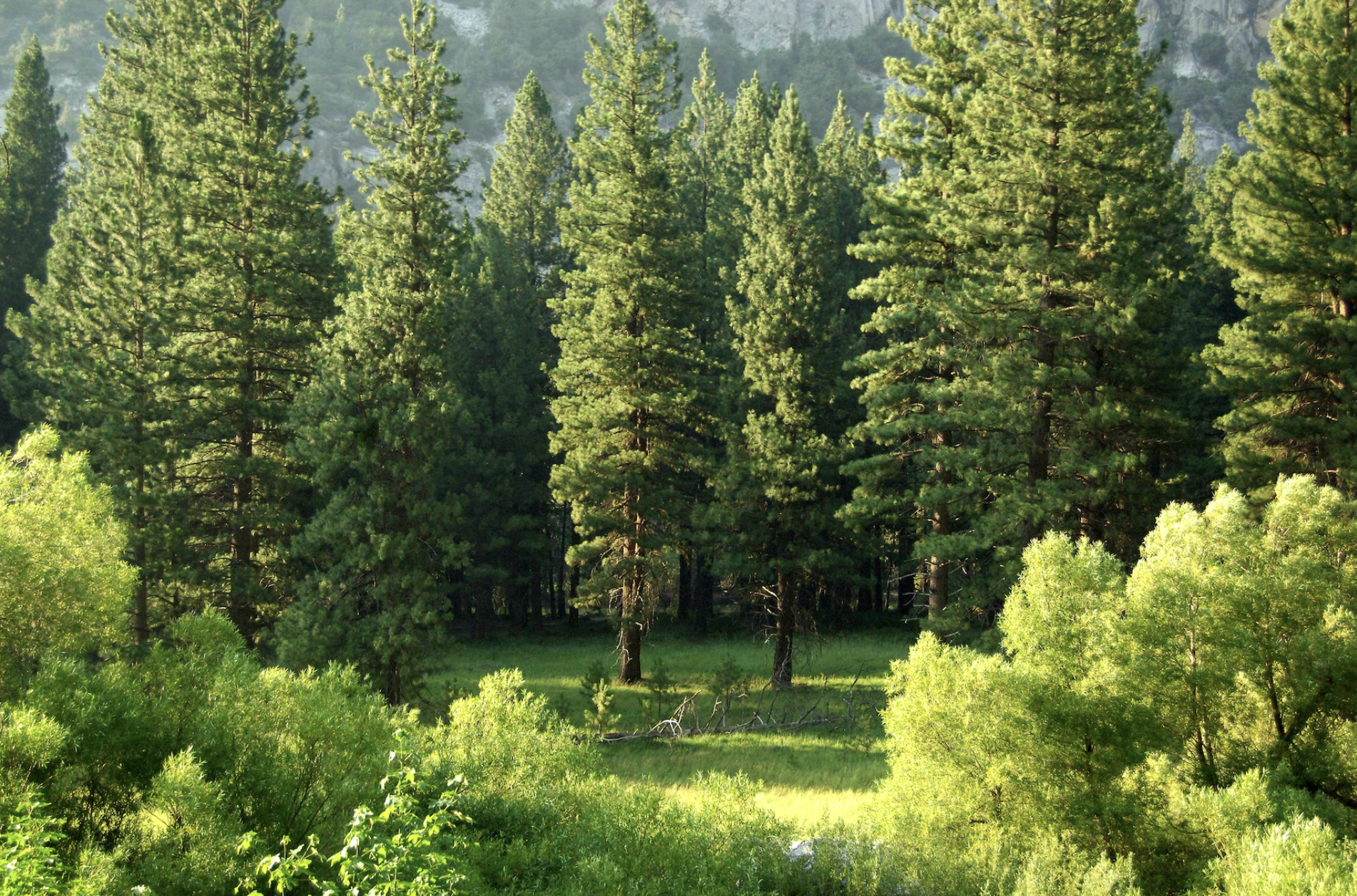The European Union has committed to planting at least 3 billion additional trees by 2030 under its biodiversity strategy, as part of the European Green Deal. According to the Tree counter, launched by the EU in December 2021, 9,455,574 trees have already been planted under the pledge. While this is great progress, the 9.5M trees represent less than 1% of the total pledge.
Planting trees is an important part of the solution to combat climate change and biodiversity loss. However, it is not an alternative to preserving existing trees, but a complement to broader conservation action. The aim of the 3 Billion Trees Pledge is to increase the area of forest and tree coverage in the EU, increase the resilience of forests and their role in reversing biodiversity loss, and mitigate and help us adapt to climate change.

To achieve this target, additional trees need to be planted and grown in full respect of ecological principles. The right tree has to be planted in the right place and for the right purpose, which requires long-term planning and monitoring. The right mix of tree species should be planted not only in forests, but also in rural and urban areas. No trees should be planted in areas of high nature value such as wetlands, peatlands, and grasslands. Tree planting in cities can be very beneficial, while planting in rural areas can bring added synergies when coupled with agroforestry or landscape features.

The EU forest strategy for 2030 aims to improve the quality and quantity of EU forests. It includes commitments to strictly protect remaining EU primary and old-growth forests, ensure that forests are managed sustainably, and improve the monitoring of EU forests. While the 3 Billion Trees Pledge is an important step towards mitigating climate change and preserving biodiversity, it cannot solve these crises on its own. It is also important to continue to take broader conservation action to protect existing trees and forests.




